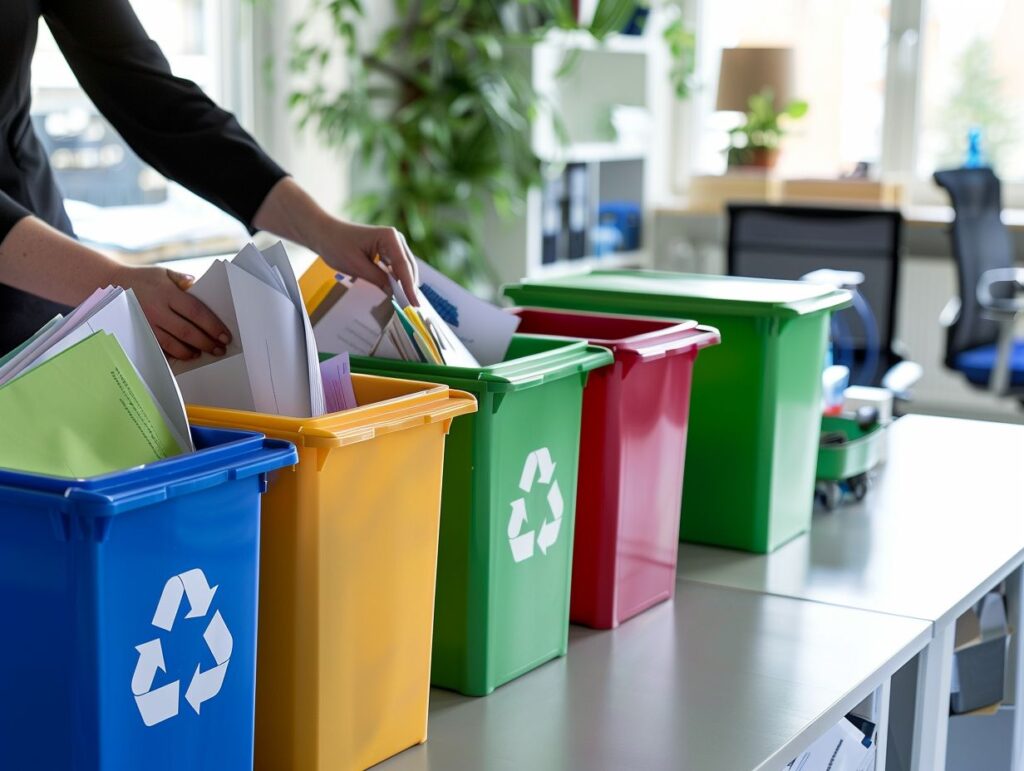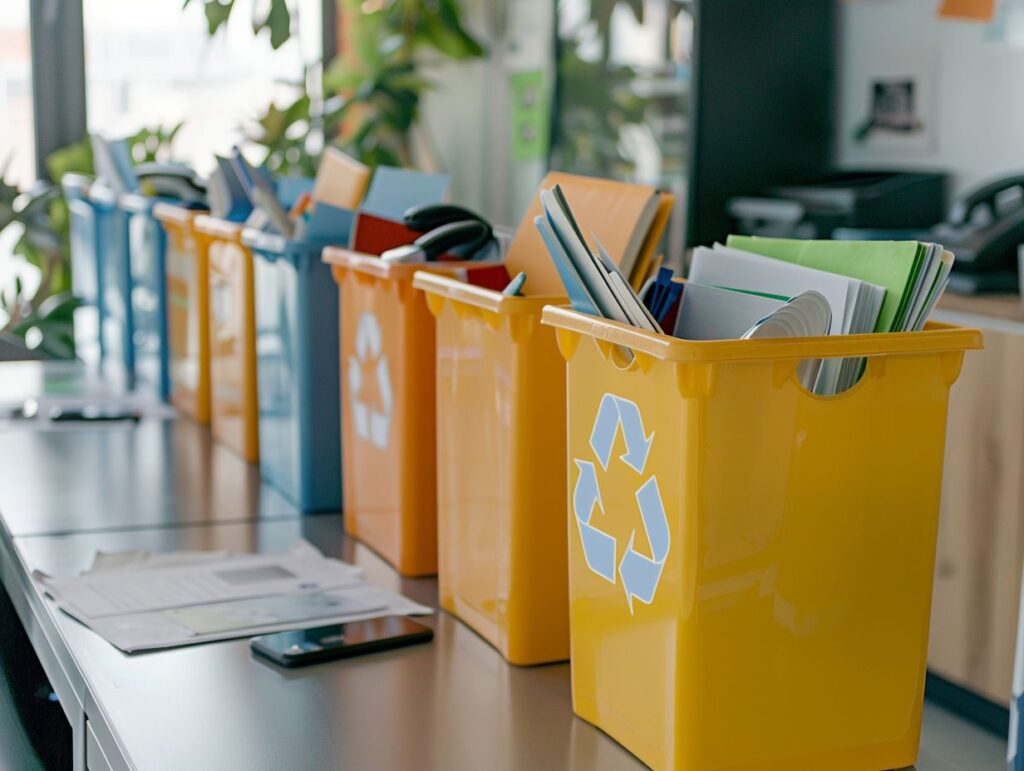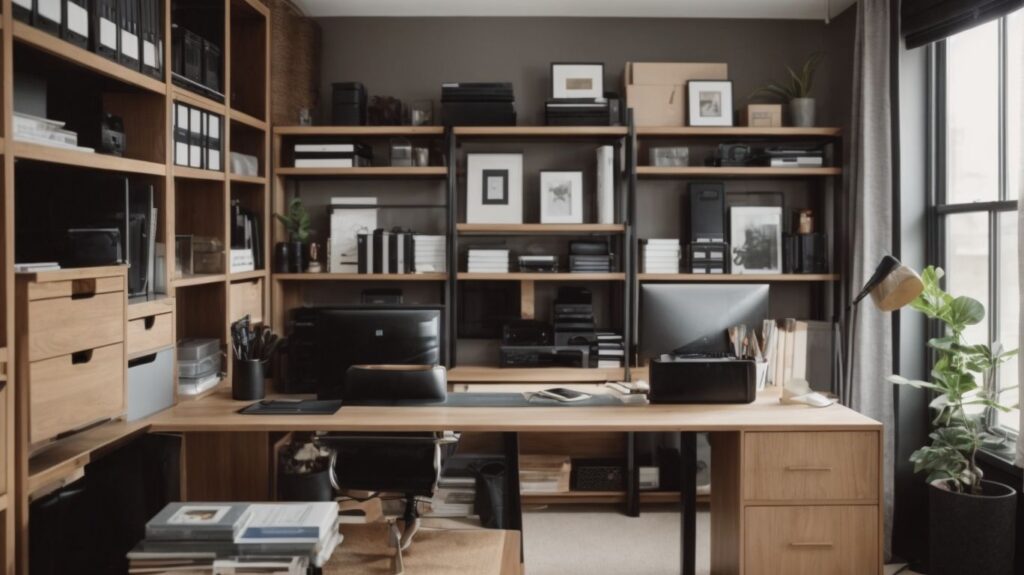In London’s high-stakes corporate world, where appearances matter as much as results, maintaining a spotless workspace is essential for impressing clients and boosting productivity. Yet, standard cleaning services often fall short of meeting businesses’ specific demands. This article examines the unique challenges faced by corporate offices and highlights why customised cleaning schedules are a game-changer. From fine-tuning routines to improving communication and flexibility, tailored solutions are proving key to cutting costs, increasing efficiency, and enhancing client satisfaction.
Understanding the Needs of London Corporate Clients
Understanding the needs of your London corporate clients is key to creating effective cleaning services that fit their specific business requirements. By focusing on what they uniquely need, you can enhance their business efficiency and ensure every part of your cleaning solution aligns perfectly with their operational goals.
Identifying Common Cleaning Challenges
Identifying the common cleaning challenges you face as a corporate client is key to delivering effective office maintenance solutions that meet hygiene standards and create a healthy working environment.
You often have to balance strict hygiene standards with environmental cleaning expectations. Many organisations struggle to implement sustainable practices that meet cleanliness requirements and appeal to environmentally conscious clients. This can decrease client satisfaction, especially as businesses increasingly lean towards eco-friendly solutions.
Not adhering to these standards can slow your operations, increasing downtime and higher costs. By tackling these common issues, service providers can enhance their offerings and build stronger relationships with you, ultimately boosting workplace morale and productivity.
Factors to Consider for Customised Schedules
When developing customised cleaning schedules, consider a few factors. Consider how often cleaning is required, client feedback, and what’s laid out in those service-level agreements. This approach helps ensure everyone is happy.
It is key to regularly check how often each location needs some TLC. These insights can help you establish more effective cleaning intervals that align with your clients’ expectations. Additionally, incorporating client input creates a collaborative atmosphere that enhances their overall experience.
Those service level agreements are your guide for measuring performance and accountability. They set clear standards that contribute to your operational success. By focusing on these elements, you’re boosting client satisfaction and streamlining your cleaning process to ensure consistent quality and reliability in all your services.
Developing a Customised Cleaning Schedule
Creating a customised cleaning schedule means you need to really get to know your client’s operational needs.
It’s all about crafting tailored cleaning plans incorporating effective cleaning protocols to boost efficiency and hygiene.
Assessing Frequency and Scope of Cleaning
Assessing how often and thoroughly you clean is key to ensuring every area receives the attention it deserves. Don’t forget about those deep cleaning tasks that arise periodically—they’re essential for maintaining excellent hygiene standards.
It’s important to recognise that different spaces require different levels of cleaning to stay on point. For example, high-traffic areas like entrances and toilets need more frequent cleaning to keep dirt and germs at bay. In contrast, those less-visited spots can be cleaned less often without sacrificing cleanliness.
Tracking performance metrics, such as the number of illnesses or how visibly clean certain areas are, can provide valuable insights into how often cleaning tasks should be carried out. Using these assessments, you can establish effective cleaning schedules that ensure optimal hygiene levels throughout your space.
Incorporating Client Preferences and Requirements
Incorporating your client’s preferences into your cleaning strategies is essential for creating bespoke cleaning solutions that perfectly match their needs and expectations.
By actively communicating with them, you can gain valuable insights into their priorities, lifestyle habits, and cleaning requirements. This proactive approach builds trust and helps you conduct a thorough needs assessment, leading to a more personalised experience.
When you tailor the cleaning schedule to their needs, you ensure that areas needing extra attention are prioritised, and you can seamlessly integrate any specialised services. Ultimately, this thoughtful customisation boosts overall satisfaction, showing that understanding and meeting your customers’ preferences is the key to successful cleaning services.
Implementing and Maintaining the Schedule
Implementing and adhering to the cleaning schedule ensures that every service aspect is delivered exactly as promised. You will need to communicate effectively with your clients and keep a close eye on performance so you can make any necessary adjustments.
Communication and Coordination with Clients
Effective communication and client coordination are key to building trust and ensuring that expectations are consistently met during cleaning.
When you prioritise open dialogue, you clarify what the client needs and demonstrate your commitment to delivering first-rate service. This proactive approach enables you to address any concerns swiftly, creating a more responsive atmosphere. Keeping the lines of communication open encourages clients to provide feedback, which is extremely valuable for enhancing service quality and managing relationships.
By establishing these transparent channels, you reassure clients that their priorities are respected and valued, reinforcing their trust and loyalty over time—essential for long-term partnerships.
Monitoring and Adjusting the Schedule
Monitoring and adjusting your cleaning schedule based on client feedback is essential for continuously improving and adapting to changing needs.
This means keeping the lines of communication open with your clients to gather their insights about their experiences and expectations. By setting up a systematic way to collect feedback, you can pinpoint specific areas that need adjustments, whether increasing frequency in certain areas or tackling specific concerns they’ve mentioned.
With these insights, your team can analyse performance metrics and make strategic changes that enhance operational excellence.
Taking a proactive approach enhances client satisfaction and helps your team streamline their workflow and optimise resource allocation. Ultimately, this leads to a more efficient cleaning schedule consistently meeting your clients’ evolving demands.
Benefits of Customised Cleaning Schedules
When you create customised cleaning schedules, you’re not just making your space cleaner but also boosting client satisfaction, improving employee productivity, and making your operations more cost-effective. It’s a win-win all around!
Efficiency and Cost Savings
One of the main advantages of customised cleaning schedules is the increase in efficiency they bring to your operations. This leads to significant cost savings that allow you to allocate resources more effectively.
By tailoring your cleaning routines to fit specific operational needs, you can more efficiently use your personnel and equipment. For example, if you have a facility with high foot traffic, you might require more cleaning during peak hours, while quieter times permit less staff on hand.
This clever approach optimises your use of cleaning supplies and reduces overtime labour costs. Customised schedules allow your maintenance teams to tackle high-priority areas first, ensuring your resources go precisely where needed.
As a result, your cleaning operations become smoother, enhancing overall productivity and reducing waste.
Improved Client Satisfaction and Retention
Adopting customised cleaning schedules directly results in improved client satisfaction. This leads to greater client retention and gives you a strong competitive edge through effective service differentiation.
By tailoring your cleaning services to fit individual preferences and needs, you create a more personalised experience that resonates with your clients. This thoughtful approach builds loyalty and opens the door for ongoing feedback, allowing clients to share their thoughts and suggestions.
When you incorporate this feedback into your future schedules, you refine your service even further, making it unique and better aligned with what your clients expect. Using these strategies, you can enhance your offerings and position yourself as responsive and client-focused, boosting satisfaction and retention rates in an increasingly competitive market.




